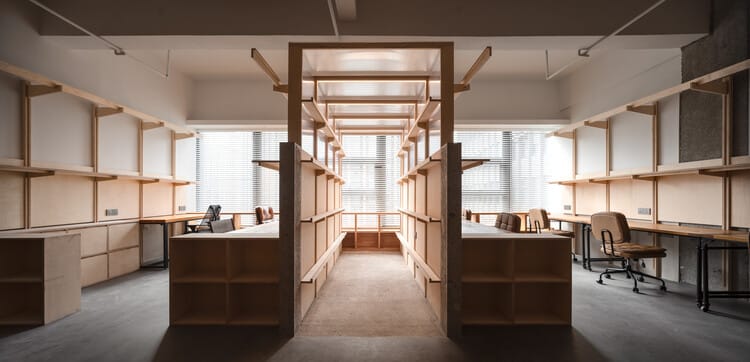Factors for making the decision to demolish or renovate buildings
Factors for making the decision to demolish or renovate buildings,
It is not easy for someone to make the decision to demolish or renovate a particular building, as this decision requires a trade-off between different goals and values.
The decision is controlled by several factors such as environmental and economic benefits,
risk assessment, waste management and waste recycling.
In addition, knowledge of materials and their properties in existing structures is another critical factor influencing the decision-making process.
1. Individual business models
Factors related to individual business models are financial returns and profit margins, reputational implications for developers, end-user requirements, and timing for an existing building upgrade.
In general, investors demand positive financial business cases; otherwise,
they are reluctant to undertake renovation projects.
This is considered the critical challenge that may hinder renovation projects.
Therefore, it is clear that financial returns have a significant impact on the renovation or demolition of a building and the construction of a new one.
Therefore, apart from the heritage buildings that need to be renovated, the options for renovation and demolition must be carefully considered.
The cost assessment of restoration or demolition projects is also uncertain, subjective, and a complex issue.
However, the cost of fixed assets (capital expenditures), the cost of goods and services (operating expenditures), and the value of the investment over time (capital investment valuation) can be used as a model criterion for evaluating renovation and demolition projects.

2. Conditions of the building
The physical conditions of a building influence the decision to demolish or reuse a particular structure.
Building conditions include risk (unknown about the building), age (whether the facility meets the new standards or not),
the adaptive flexibility of the building, location, end-user preferred aesthetics, and heritage requirements.
Limited data and information about the building or the materials used to build it would make renovation an inappropriate choice.
Structure integrity is another critical factor influencing demolition or renovation decisions.
Surveys and tests appropriate to assess risks may not be feasible, and time constraints may not permit this.
Furthermore, unexpected safety concerns can arise during renovation work.
This discourages developers from undertaking renovation work on the existing building.
Most of the old buildings do not meet applicable laws and standards, rendering the structures obsolete.
Finally, demolishing old and damaged buildings and then constructing earthquake-resistant buildings according to new laws and standards is a more suitable option in earthquake-prone areas.

3. Sustainability
The sustainability factor includes the increasing importance of environmental sustainability,
operational and embodied carbon footprints, waste management and treatment, occupant health,
and implications for the social value of surrounding communities.
Increasing awareness about the construction sector’s impact on climate change and setting targets to reduce carbon emissions
have prompted investors and developers to consider taking appropriate measures to reduce carbon emissions.
Renovating buildings can be a good option to reduce emissions from new construction.
However, one might argue that a building’s operational emissions may not meet the requirements set by the government.
This could make demolition a more convenient option because new technologies
and materials can help build carbon-neutral buildings.
The social value and well-being of passengers must be integrated into the decision-making process along with cost, energy and carbon indicators.
However, some investors have claimed that these factors do not influence their decision making due to the lack of reliability,
comparability and consistency of metrics and assessment tools in the market.
However, developers must consider social values while carrying out large-scale demolitions,
because substantial subsidies and guaranteed alternative housing are required for displaced residents.





